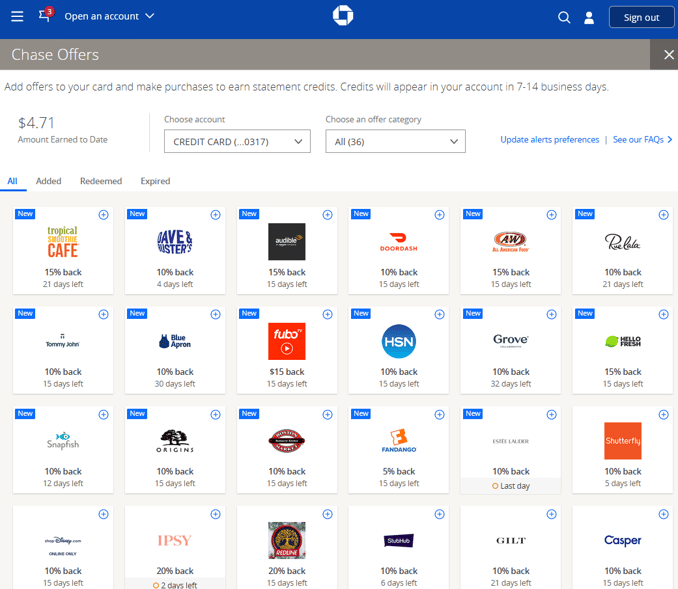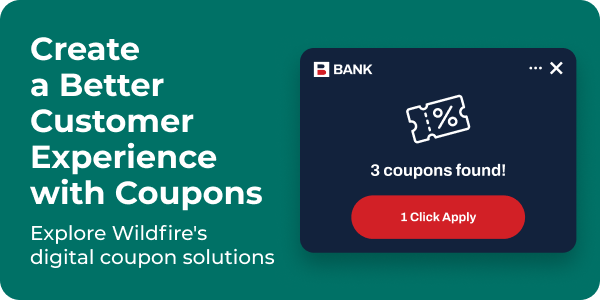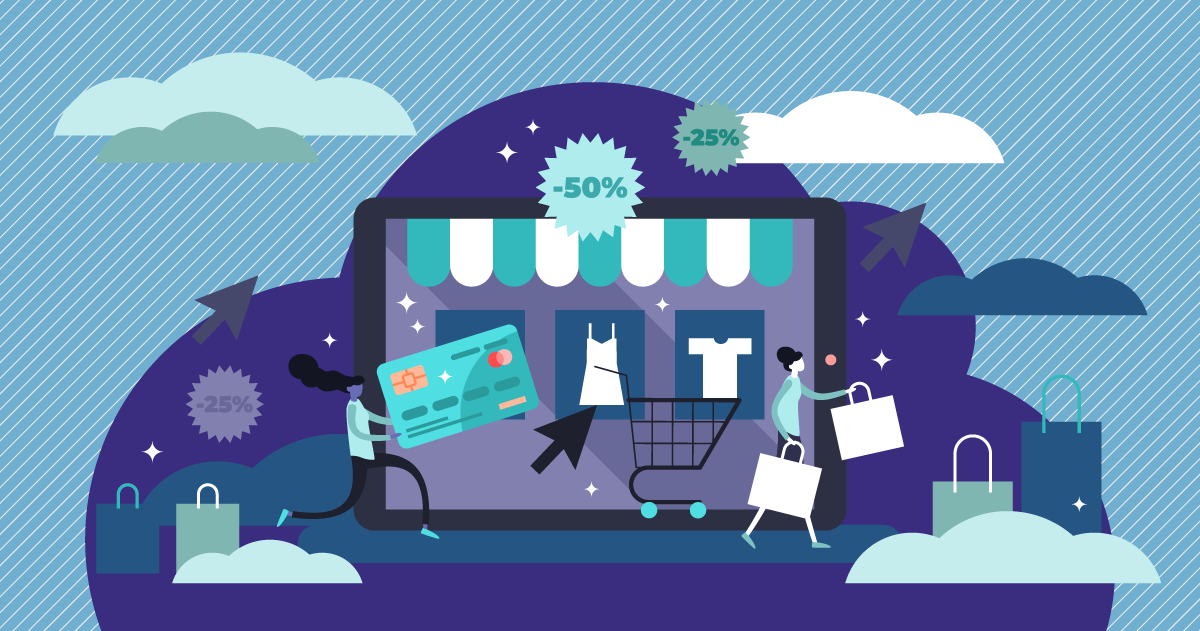Why Digital Coupons are Important
As noted in our other post about offering digital coupon solutions to your customers, saving money with coupons is in high demand right now. With inflation stubbornly persisting, more consumers are looking for tactics that will help them save money on purchases. And digital coupons can fill that need for online shopping.
Offering coupon codes through a consumer offering is one way to grow positive brand sentiment and increase engagement, and in turn, increase the value companies can provide to customers.
What Are Digital Coupons?
Digital coupons can take many forms but they are, put simply, a way to apply a discount to a purchase through a digitally-issued coupon offer that doesn't need to be printed or physically "shown" to a retailer.
Here are a couple examples of how companies issue digital coupons:
- They can be offered by a grocery store, where members of the store's loyalty program can access digital-only offers within the store's app
- They can take the form of a "promo code" or "coupon code" that an e-commerce store may issue, that delivers an instant discount to a consumer's shopping cart
- They can be provided in the form of automatic discounts that are triggered in the online retailer's shopping cart, when certain categories or specific items are added to the cart or if a certain cart value has been reached
A Different Way to Offer Digital Coupons
Typically digital coupons are issued by retailers, and they may be promoted to shoppers via promotional emails, through coupon sites, on e-commerce companies' social media pages, or directly on the retailer's e-commerce site.
But some companies that are neither coupon sites nor retailers, such as banks or credit card issuers, have chosen to aggregate digital coupons and/or cashback into an "offer wall" or shopping directory for their customers.
 An offer wall in this context is a shoppable list of available coupon or cashback offers from different companies.
An offer wall in this context is a shoppable list of available coupon or cashback offers from different companies.
You might think of an offer wall like a virtual mall that lists all the brands and their corresponding coupon offers or cashback available, all in one place.
Using Wildfire's Digital Coupon Platform
As a digital coupon platform and white-label cashback rewards provider, Wildfire offers a way for companies interested in building a list of coupons for their customers (e.g. an offer wall), to productively participate in offers from tens of thousands of merchants in one fell swoop.
Through our merchant relationships we allow our clients to access our robust JSON datafeeds with coupon codes and promotional offers. Our clients can use this digital coupon and cashback offer information to power their own shopping directories to offer a valuable service to their end users. Note: the offer walls that Wildfire's clients build, are typically created, in addition to other cashback/coupon-enabling tools, such as a browser extension.
Wildfire clients can receive access to our coupon and offer datafeeds. Plus, the team will help clients as needed with using these datafeeds to create a custom user experience with coupons and cashback offers on their own site.
Getting to Know the Wildfire Digital Coupon JSON Feed
Wildfire provides data in easy to use, regularly refreshed JSON feeds about its merchants, cashback offers, and digital coupon offers.
We collect coupon code data from our massive network of merchants, who we have relationships with through the affiliate networks.
In turn, we aggregate and deliver all this coupon data via our Wildfire Coupon datafeed.
The fields included in the Wildfire Coupon Feed are as follows:
- ID and Merchant ID: ID is the unique identifier for the coupon or promotion and the Merchant ID is the associated merchant reference for the coupon/promo.
- Description: Details about what the offer associated with the coupon or promotion is. Note that some merchants don't provide a detailed description, especially for coupon codes.
- Code: Where set, this is the coupon's code that is used at checkout to receive a discount.
- Countries: The list of country codes where the merchant has described this coupon can be used. This value can also be or include "International" if the merchant has so indicated.
- Exclusions: Some merchants describe exclusions to where the coupon is eligible to be used (but most merchants just describe eligible products/categories in the description).
- Start Date / End Date: These describe when the coupon is valid. The feed will generally include coupons and promos whose start date is within a day in the future and whose end date is greater than the current date. Please note that you should always consider these values (i.e. as part of your caching design) before displaying a coupon/promo to end-users. "Coming soon" promotions are likely well received by users, but expired coupons are not.
Using this data, our clients can build out their own shopping directory (aka offer wall) as a benefit to their own end-user consumers. The feed is usually refreshed every 6 hours.
Video: How To Create an Offer Wall from Wildfire's JSON feeds
Wildfire's Product Development team came up with a quick 4-minute video that showcases how clients can easily use our JSON feeds to create custom user experiences such as offer walls to showcase coupons, or to display merchants offering cashback.
To create a coupon offer directory, clients would follow the video instructions but would access a different JSON feed - the Wildfire Coupon JSON Feed - to get relevant per-merchant coupon data.





